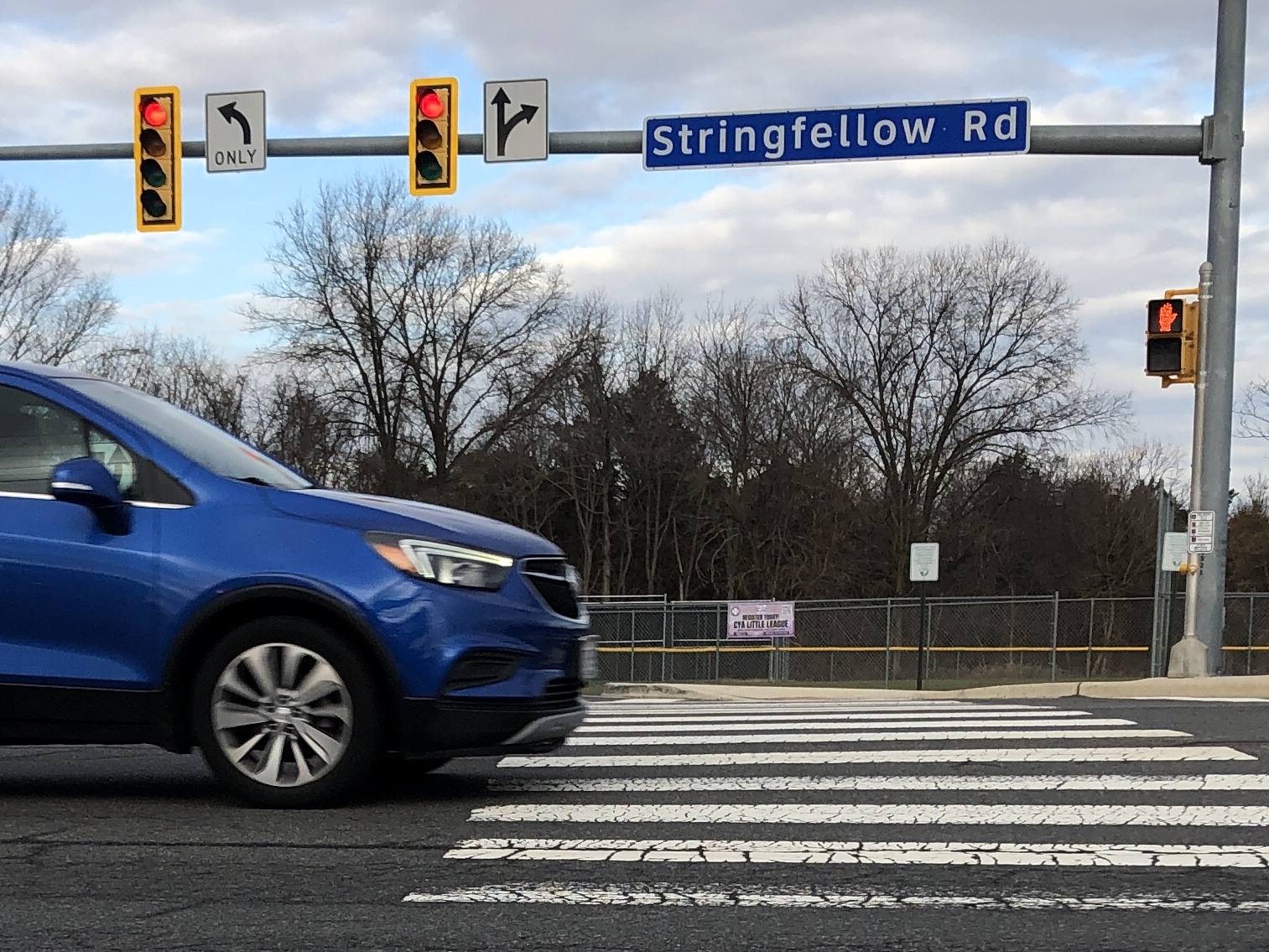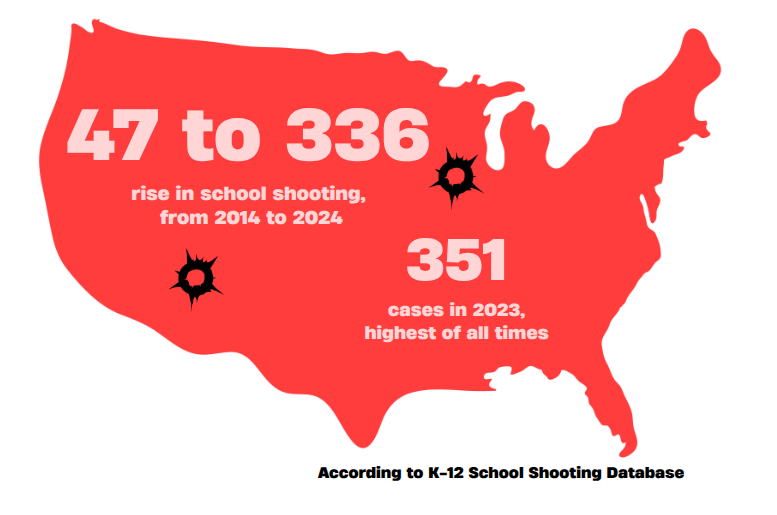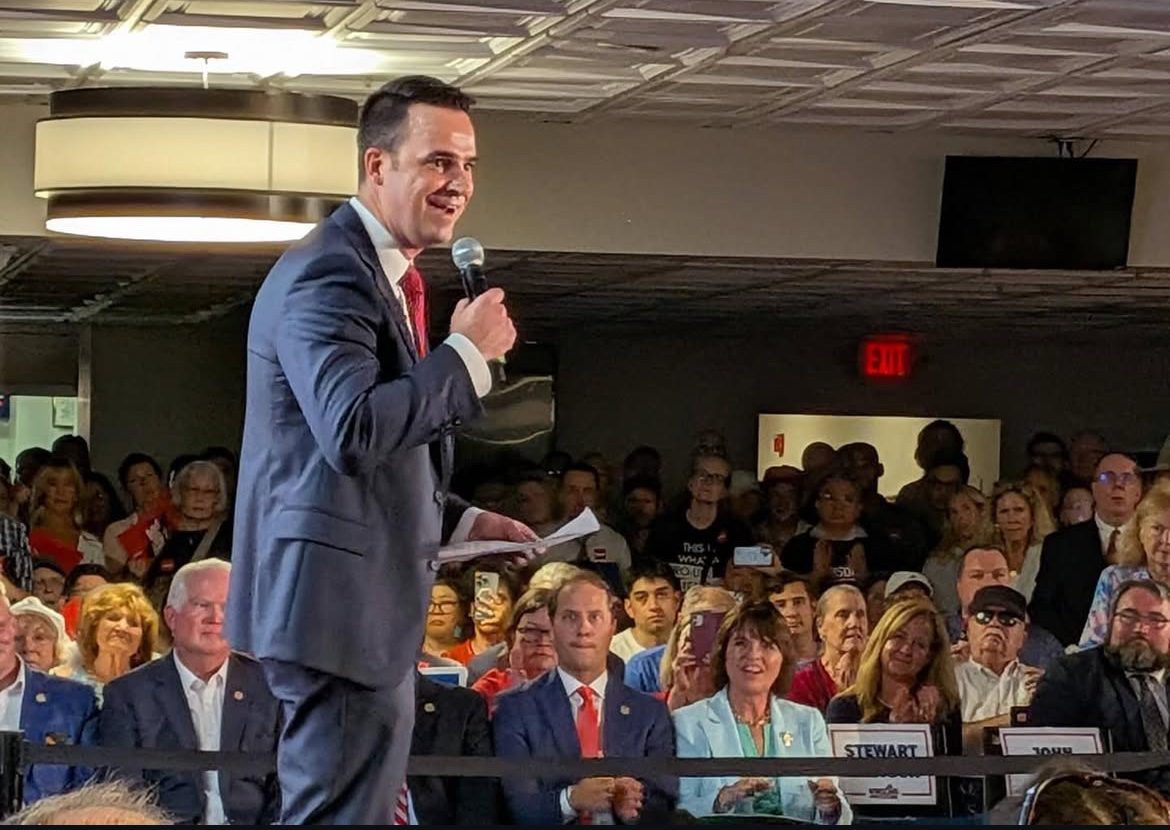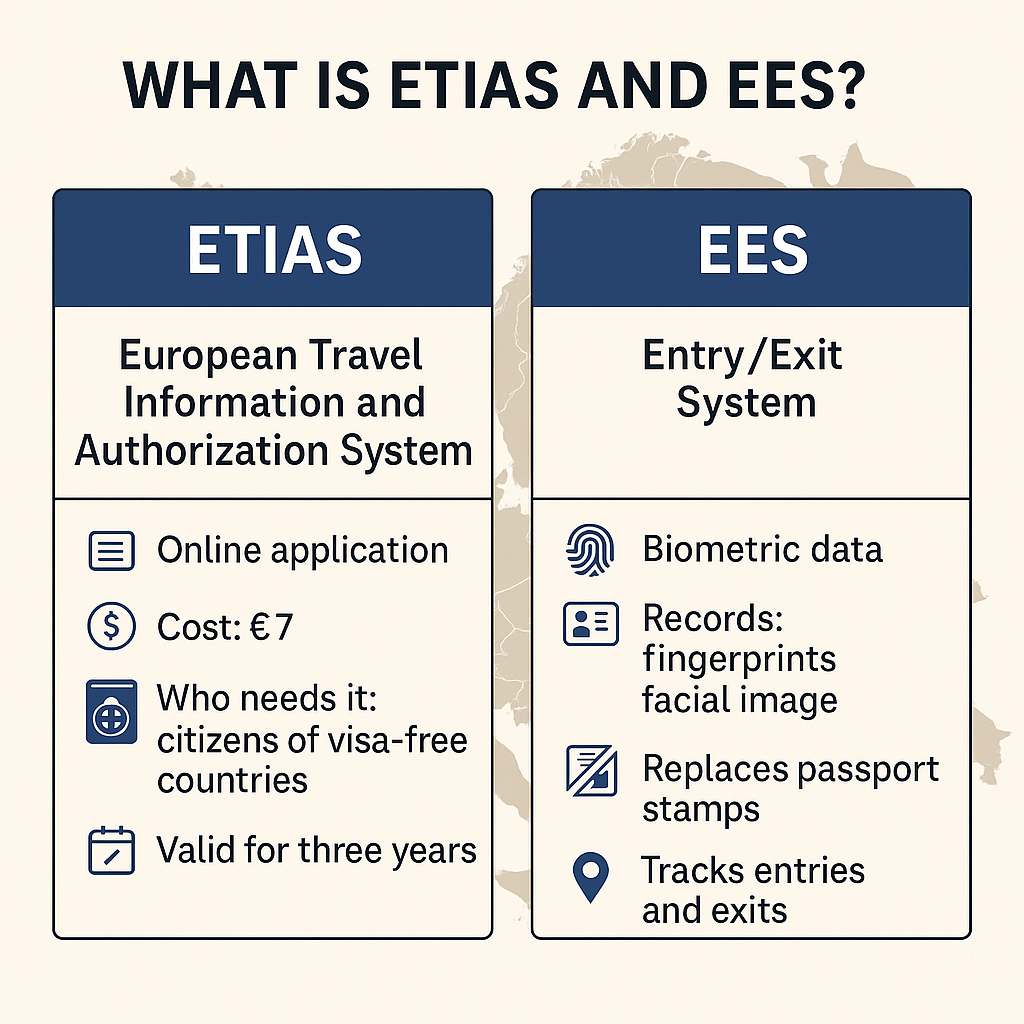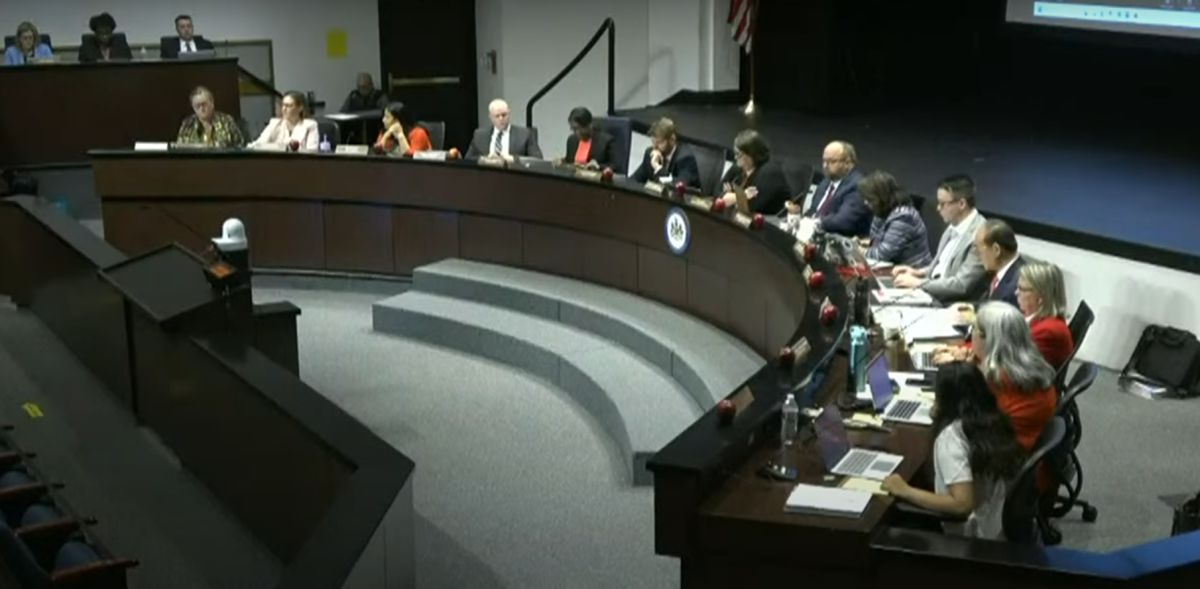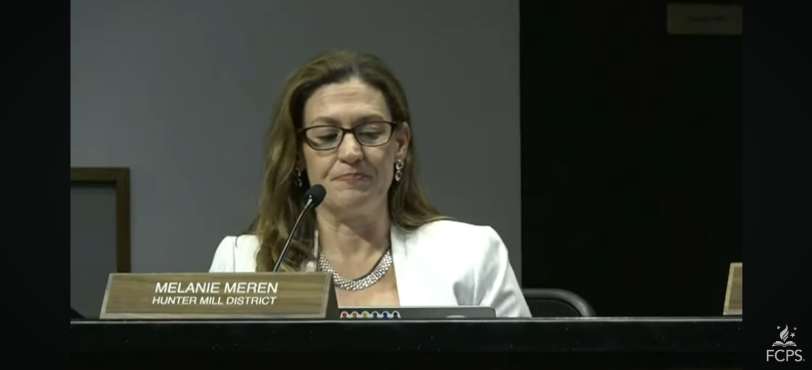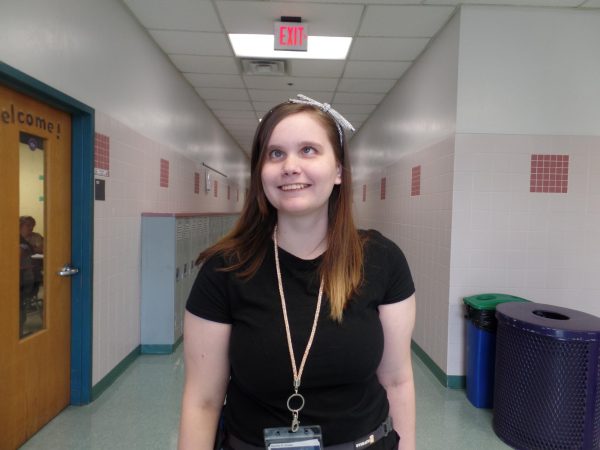Approximately 63 CHS students park across Stringfellow Road at the Chantilly Regional Library each day, and at the height of CHS’s morning and afternoon traffic, these motorists become pedestrians, crossing the six-lane road to school.
The positioning of the library places it between two crosswalks without one of its own, meaning students have three options: cross at the south entrance to the CHS parking lot, cross at the intersection of Stringfellow and Route 50, or make an illegal crossing for the shortest but most illegal way to school.
“Over the years, there has been some exploration and wondering if we might be able to get an additional crosswalk and signage from where the library entrance is to our entrance closest to door two because so many students cross in that area and we have parking on the other side of the street,” principal Amy Goodloe said. “From a safety and security perspective, certainly it would facilitate safe crossing, especially if it was signed with the blinking crosswalk signage.”
CHS administration convened with district officials at the county level who echoed their beliefs, but were unable to actually install a crosswalk of their own.
“Safety and security for FCPS doesn’t have control over that,” Goodloe said. “We’ve had safety and security for FCPS come and look at our arrival; they definitely share our concerns, but it’s my understanding that because that is on a road that is not owned by Fairfax County Public Schools, that Virginia Department of Transportation would be the governing body that would make that decision.”
Stringfellow Road is controlled by the Virginia Department of Transportation (VDOT), meaning the crosswalk installation contains a few pit stops. The process starts with a simple online request at my.vdot.virginia.gov where anyone can draw attention to anything from a simple pothole to a more involved project like a crosswalk.
“That’s probably the easiest, simplest way because that goes to our customer service center and they will forward along as need be,” communication manager for VDOT Northern Virginia Alex Liggitt said. “They may send it along to traffic engineering [or] they could send it higher up the line to someone in leadership so it just gets more eyes involved.”
From there, in the case of something like a crosswalk installation request, VDOT proceeds with a traffic study. Here, traffic engineers collect data on the location in question such as how far away other crosswalks are, traffic volume on the portion of road and the overall safety of the area.
VDOT already did a traffic study on Stringfellow Road 15 years ago after a collision when a student pedestrian lost her leg to a Fairfax Connector bus. According to Liggitt, they found this portion of Stringfellow sees 19,000 vehicles per day and that the proposed crosswalk would be just around 600 ft away from another crossing, meaning VDOT may deny the request, citing their preference to keep crossings 500-600 feet apart.
“But also, they’re just looking at the road itself as far as vehicle speeds too,” Liggitt said. “Since one [intersection] is signalized, they also take that into account as far as safety concerns because the crosswalk that you are trying to request may not be quite as feasible.”
In the case of the collision in 2006, officials took immediate action. Professionals from the Fairfax County Police Department, FCPS, VDOT and Michael Coyle, chief of staff in the office of supervisor Kathy Smith, convened together to explore possible solutions.
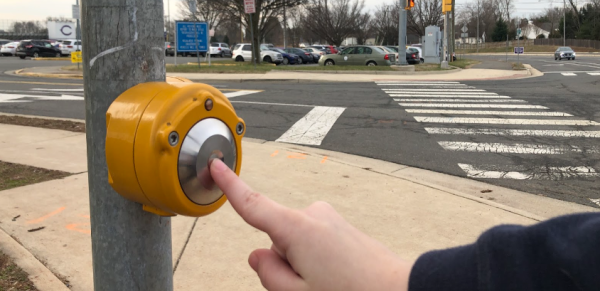
“A lot of folks were reaching out because they wanted something to be done to enhance the safety of that corridor along Stringfellow Road,” Coyle said. “We did conduct a meeting at Chantilly High School and the big part that came out of that meeting was that folks wanted VDOT to look at that main entrance to the school for a traffic signal. We worked with VDOT that did a traffic signal warrant study. After they did that study, it did show that that intersection did meet the warrants for a traffic signal and so then we worked with VDOT on getting that installed.”
The outcome of that traffic signal warrant study was the installation of the light-controlled intersection at the south (main) entrance to campus. As Coyle recalls, this addition was funded by the state.
This is the first installation of a three-part series.


